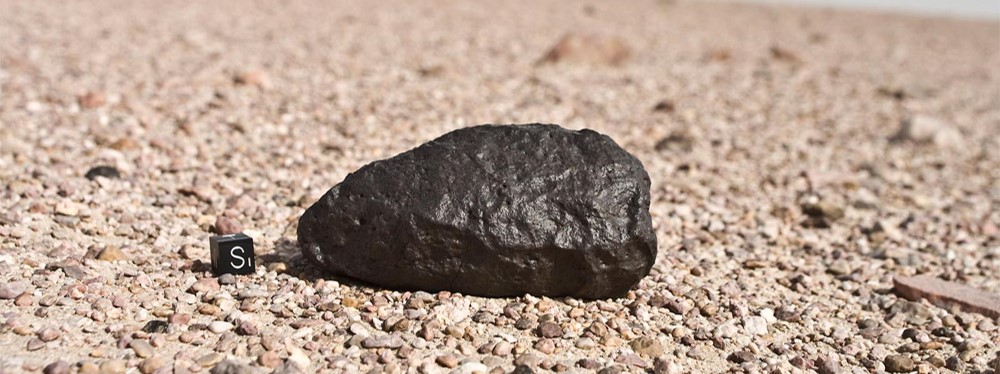
“Of the approximately 40 000 tonnes of extraterrestrial material that the Earth Captures annually, 1% or less in pieces big enough for recovery by witnesses of their fall.” - Meteorites: A Petrologic, Chemical and Isotopic Synthesis.
Earth is constantly bombarded by distal material in the solar system, and though this can often be an explosive and intense process such as what we observe in Fireballs and Impact Cratering, a small portion of this material arrives at the surface. The material that reaches the Earth's surface, loses most of its energy during entry with the upper atmosphere. After this the materials free falls until it hits the ground. Though the initial friction of the meteorite interacting with the upper atmosphere will heat the meteorite and its surface, by the time the meteorite reaches the surface, it is relatively cool and unlikely to cause extensive damage to the surface
Once the meteorites are exposed to the Earth environment it begins to weather away becoming grains of sand, silt, and clays. Because of this most meteorites are found in hot and cold desert environments, such as the Sahara Desert or in Antarctica, where erosion rates are low. The lack of liquid water in desert environments means that the lifetime of meteorites is extended, providing scientists with a rare and unique opportunity to study the history of our solar system.
Many of the meteorites we find formed 4.5 billion years ago and allowing us to investigate the chemical and physical properties of the early solar system and how the solar system transformed from a dust cloud to the 8 planets we have today. As scientists, we classify meteorites into various groups: stony meteorites, stony-iron meteorites, and iron meteorites. These 3 groups each contain numerous different groups of meteorites that provide us insight into the formation of planetary bodies, the planetary processes those bodies have undergone, and even what was present before the Sun’s formation. Certain meteorites contain presolar grains, meaning they have grains of material from before the sun formed and tell us about the origins of our solar system. Other meteorites come from Mars and the Moon giving us the means to study bodies without sending humans to collect samples. However, most meteorites come from asteroids and many of the smallest meteorites, called micrometeorites, are simply the dust from comets.
By studying meteorite we are able to gain a wealth of knowledge regarding our solar system. We invite you to explore the solar system and learn about what makes up the place we call home!